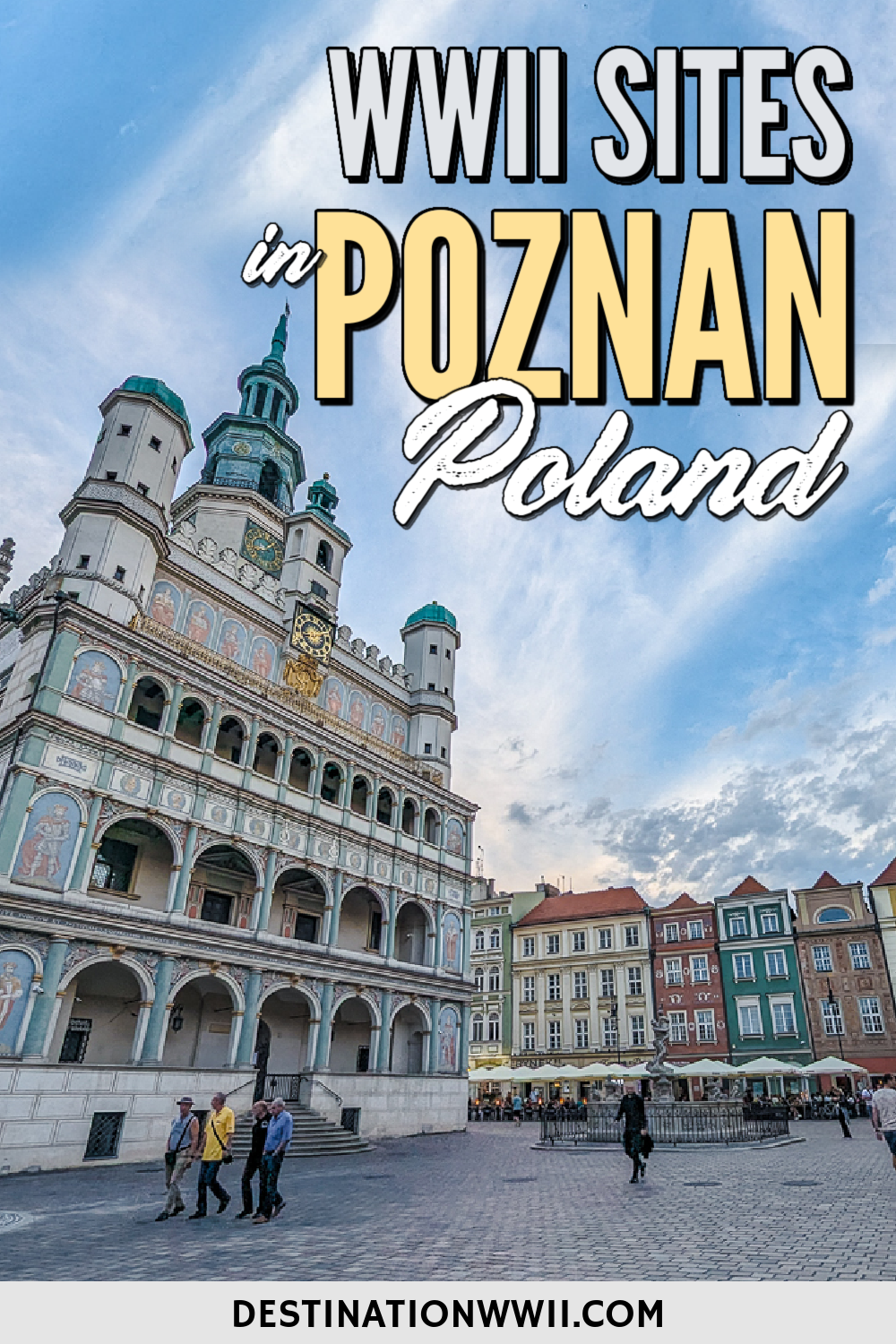The WWII sites in Poznań, Poland will show you this is a pretty interesting city. Though it mostly follows the pattern of other Polish cities during the war–Nazi occupation, end of war destruction, etc.–it’s really most notable for something spectacular. It was here in Poznań where genius cryptologists first cracked the Enigma code.
Read on for the full list of World War II sites you can visit in Poznań on your next visit. Safe travels!
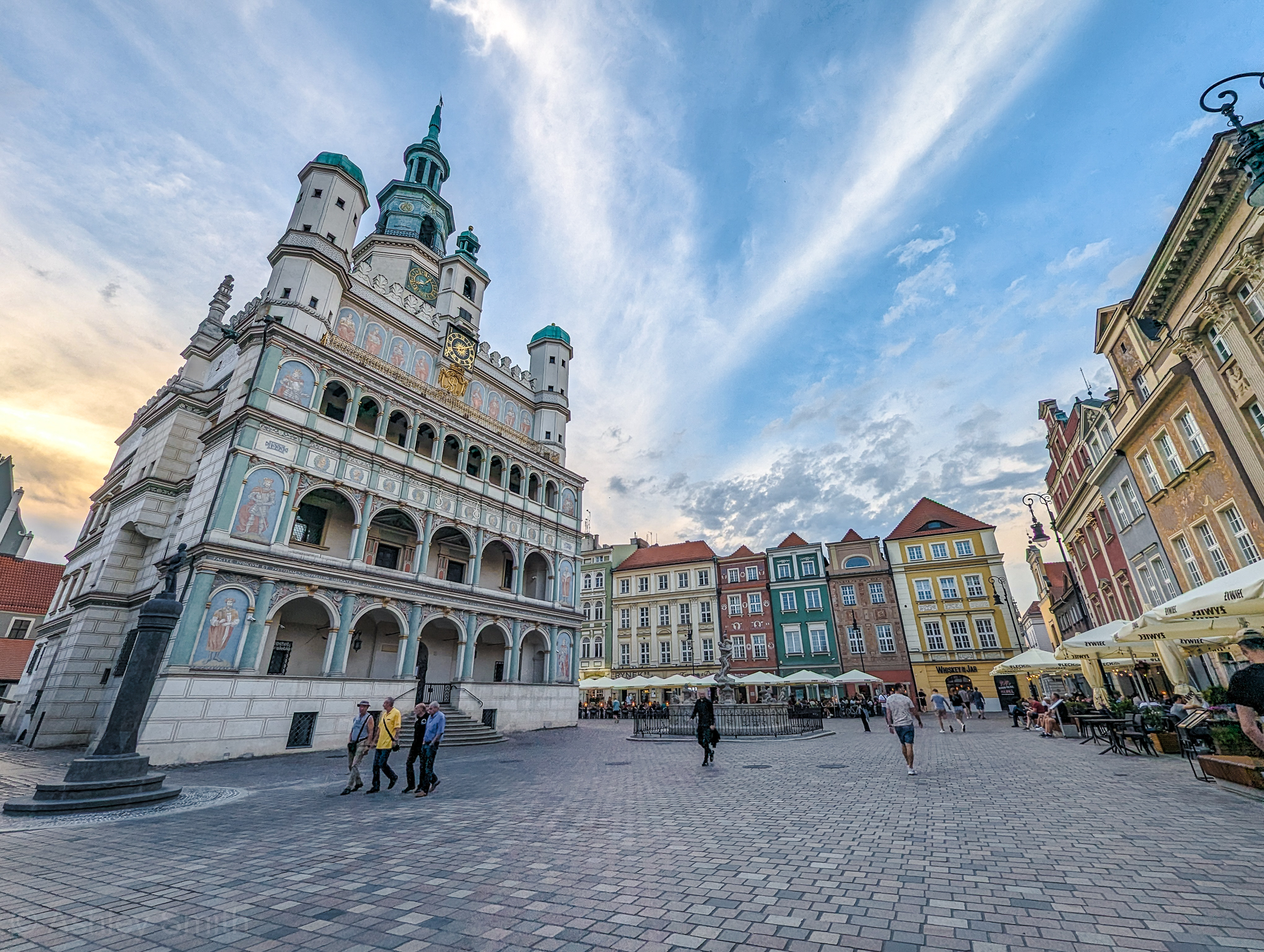
Poznań during World War II
Nazi troops invaded Poland at Gdańsk (and thus started World War II) on September 1, 1939. Nine days later, Nazi troops moved into Poznań. Just behind the troops were two Einsatzgruppen—paramilitary mobile death squads who acted like a “clean-up crew” of sorts, tasked with eliminating the Polish population.
While occupied cities like Warsaw and Kraków made up the “General Government”, Poznań became part of the Reichsgau Wartheland territory. Poznań’s Nazi occupation was expectedly brutal and inhumane.
Authorities established a concentration camp here in the city and either murdered the vast majority of the city’s Jewish population here or deported them to other camps like Mauthausen in Austria. They deported tens of thousands more Polish citizens either to the General Government or over to Germany to be used as slave labor (including children).
Regardless, the Polish resistance did have a presence in Poznań which assisted in sabotage and espionage, established underground press networks, helped British POWs escape, and much more.
You may be interested in this Jewish Heritage Tour of Poznań.
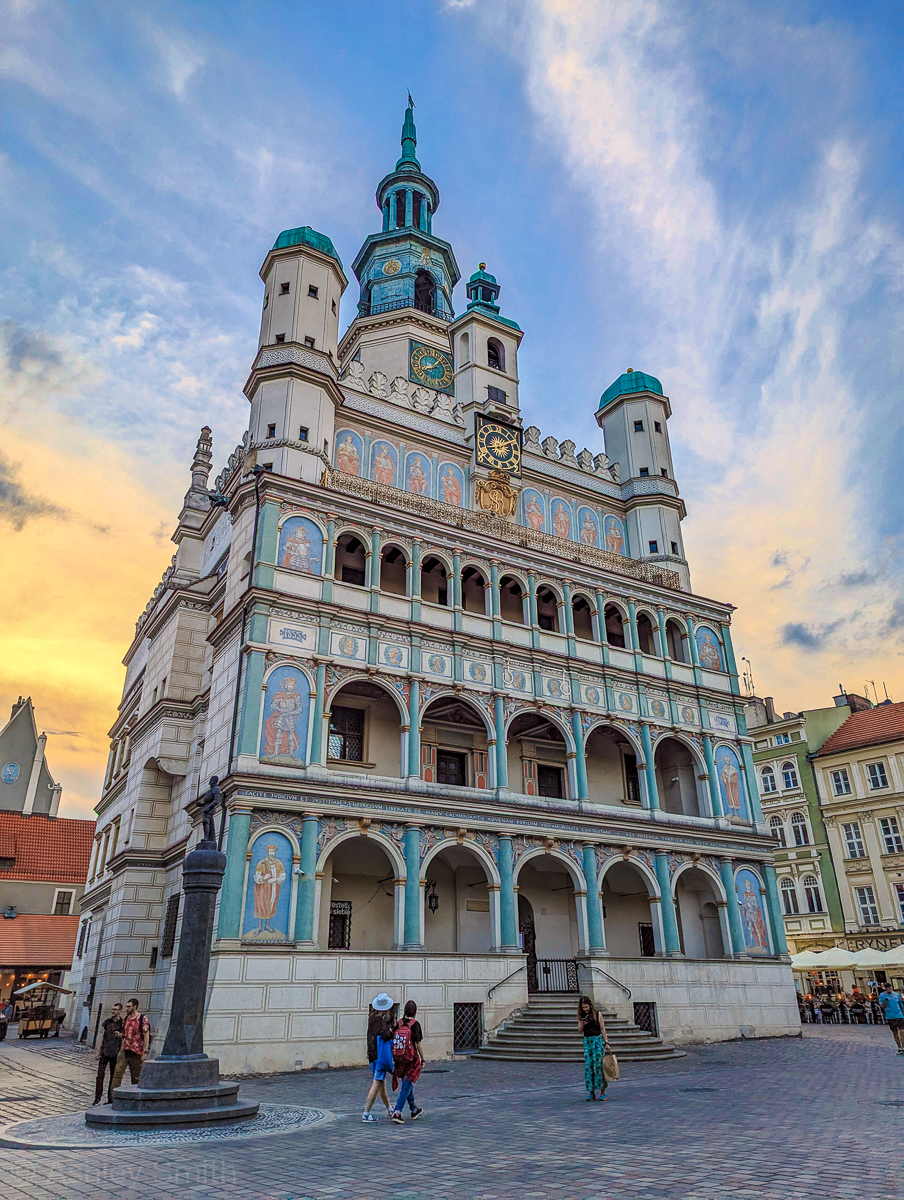
Battle of Poznań
The Battle of Poznań took place between January 24 and February 23, 1945 between the Soviet Red Army and Nazi Germany (with assistance from Hungary). Because Poznań was on the direct route from Warsaw to Berlin, Hitler designated it a Festung–a fortress city that should be defended at all costs.
The Soviet army was able to push the German defense farther and farther toward the city center and, by early-February, had captured most of the city. The Germans eventually took up in the city’s Citadel and the remaining 12,000 of them surrendered to the Red Army on February 23rd.
During the war, Poznań was known by its German name: Posen.
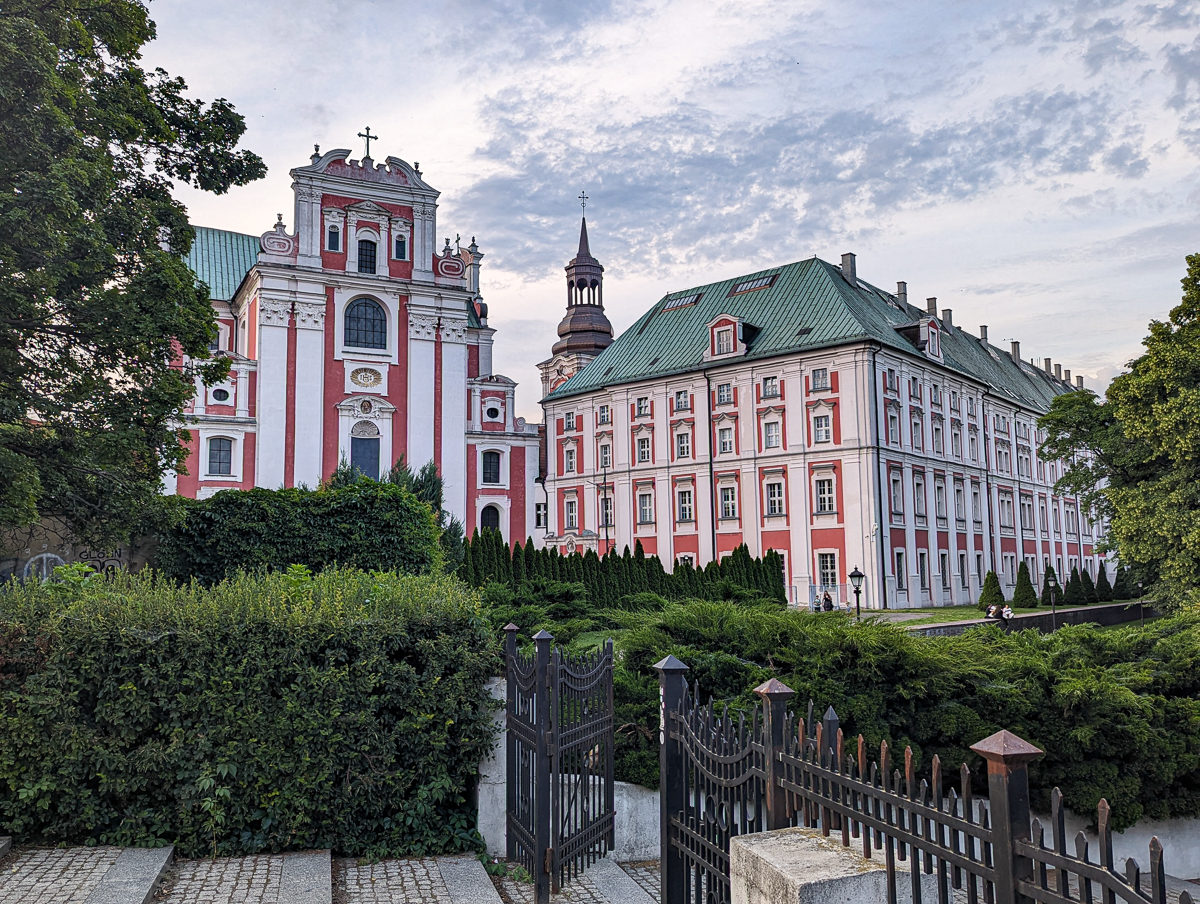
Poznań after the war
The battle largely left the city of Poznań in ruins, including about 80-90% of its Old Town. Postwar, the city became part of the communist People’s Republic of Poland.
Reconstruction of the city mostly concentrated on preserving the historically-significant architecture of certain buildings and monuments. Everything else was considered unimportant and rebuilt with a more modern take.
The Old Town Market Square, however, took on a new old life. Rather than rebuild the area to its pre-war (19th and 20th-century) specifications, city planners actually rebuilt it to reflect its look and feel from the 16th to 18th centuries instead. The intention was to help promote the city as a cultural and tourist destination.
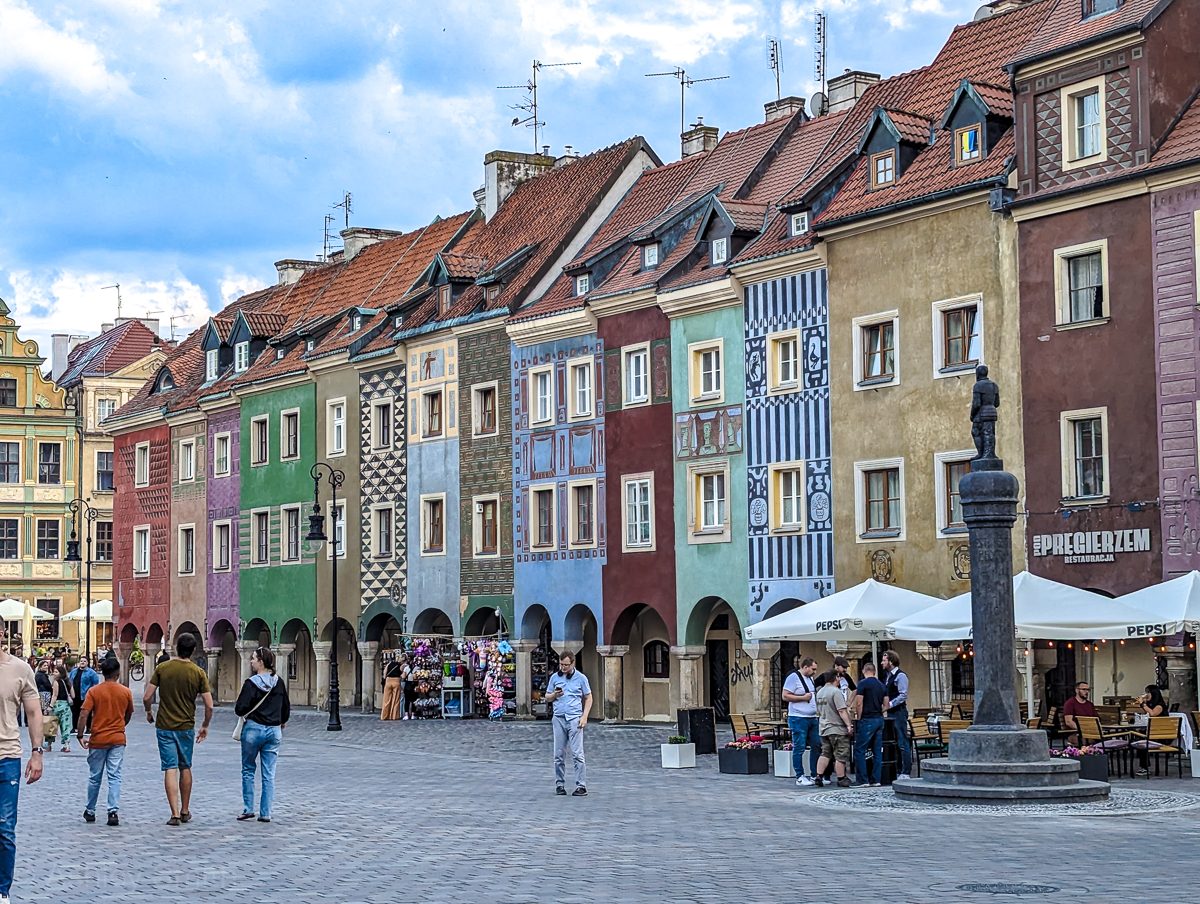
Map of WWII sites in Poznań
This map contains all the WWII sites in Poznań I mention in this post. To save this map: Click on the star ⭑ next to the map’s title to save in your Google Maps. To use this map: When you get here, open Google Maps on your phone, click “Saved” at the bottom, then click “Maps.”
If you’ll be driving around Poland, check out rental car deals here. This is the company I used for driving around Poland 2024 and I had a great rental car experience in Poland.
WWII Museums in Poznań
Here are a few of the museums in Poznań where you can learn some interesting World War II history.
1. Enigma Cipher Center
My favorite of all the WWII sites in Poznań is the Enigma Museum. This huge multimedia center focuses on the achievements of the three Polish cryptologists who played historic roles in World War II. Marian Rejewski, Jerzy Rozycki, and Henryk Zygalski, all mathematician-cryptologists from Poznań University, cracked the Enigma code in 1932.
It’s widely believed that Alan Turing is the man responsible for this feat, along with his team at Bletchley Park. But really, it was these three men from Poznań who figured out how to crack the Enigma codes several years before Turing even came onto the scene.
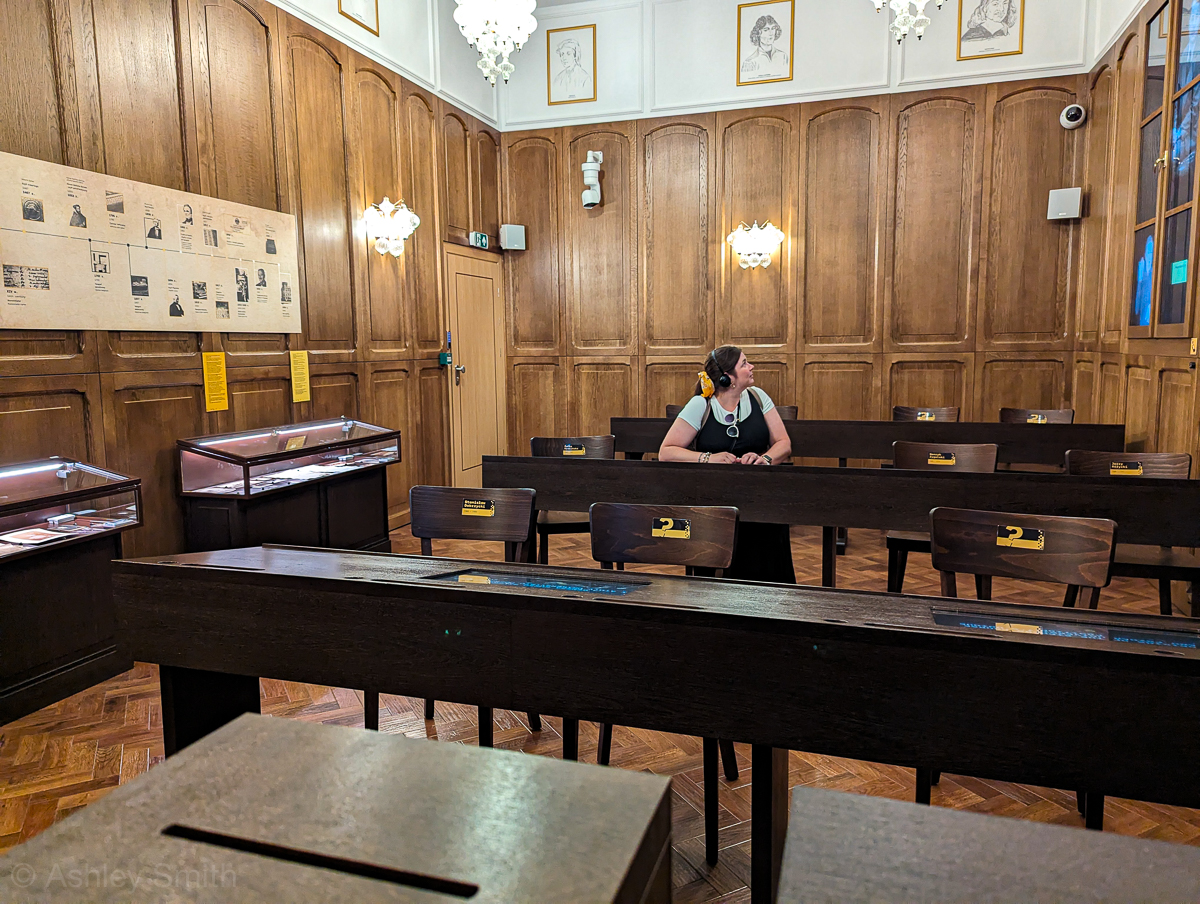
What Turing and his team did was invent a machine that could increase the speed and efficiency with which they could read Enigma’s messages, using the information and instructions given to them by the Polish mathematicians.
While this is all stuff you’ll learn at the Enigma Cipher Center in Poznań, it’s so much more than a museum. Every room is interactive and filled with codebreaking activities and challenges. You’ll learn all about the history of deception and cryptanalysis, the different ways of hiding messages and cracking codes, and more. And you’ll get to try it all out for yourself. (I personally threw in the towel when it came to having to use spy tricks in order to use the restroom though.)
Fun fact: During World War II, the building that served as the headquarters for the German 5th Army Corps stood here, where the Enigma Cipher Center is located today.
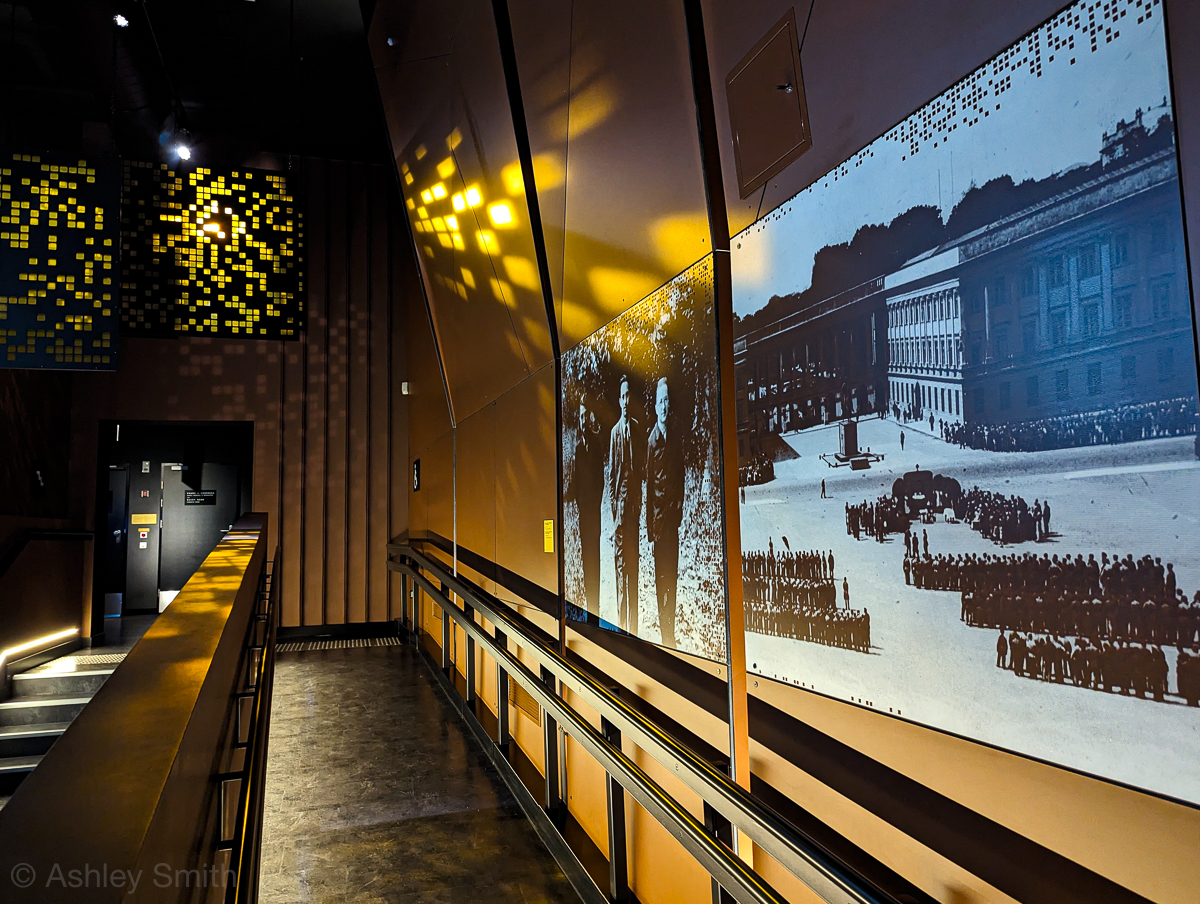
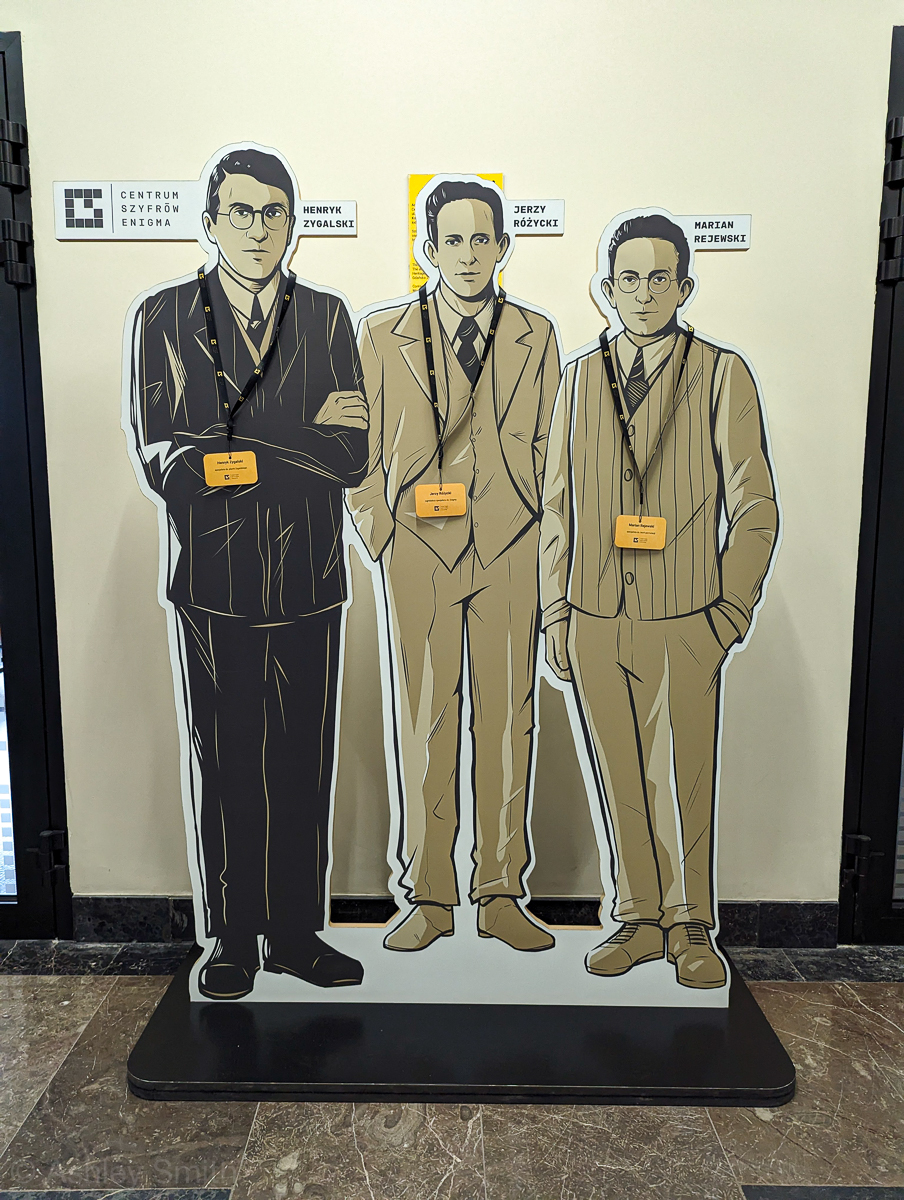
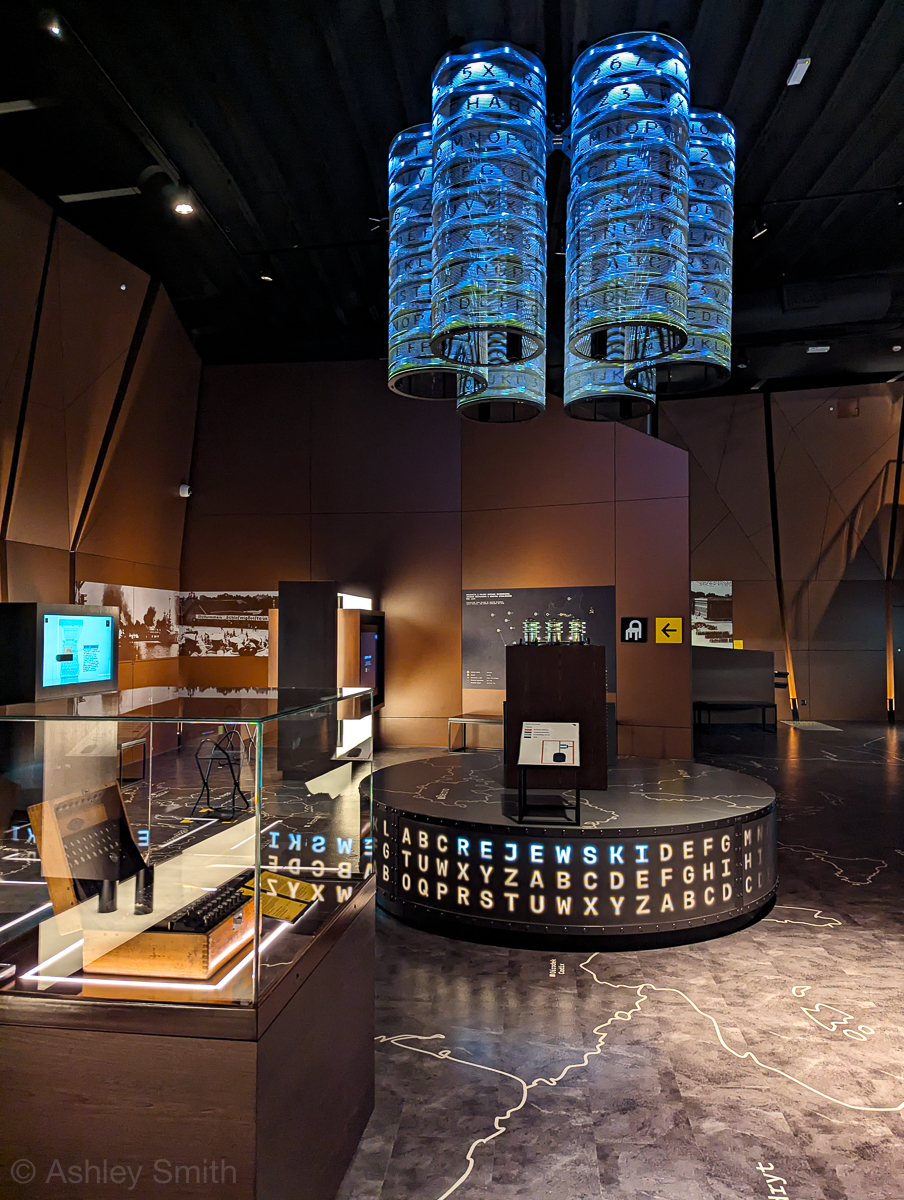
2. Museum of Armaments
Poznań’s Museum of Armaments is located at the former Poznań Citadel (site of the last battle) and contains the largest collection of armored vehicles in Poland. This includes tanks, planes, and other vehicles from both world wars and the Cold War.
You’ll also be able to see an extensive collection of mortars and other weaponry, uniforms, and more. There’s both an outdoor open-air military exhibition and an indoor armaments museum.
Check out my full 2-week Poland WWII itinerary here.
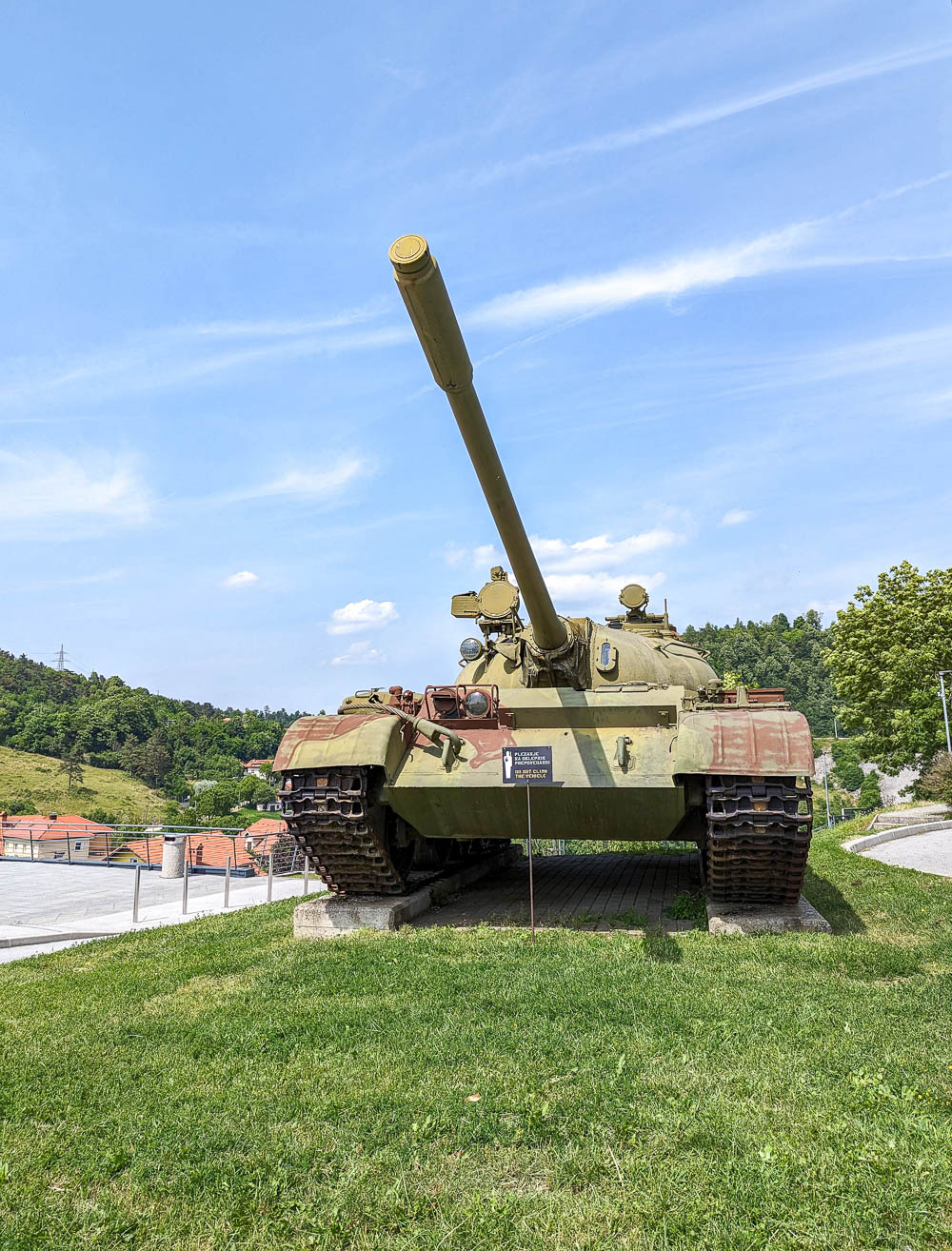
3. HistoryLand (Strona Główna)
For something a little different as far as Poznań WWII sites go, head to HistoryLand. A history museum of a different sort, this one was too funny I just had to go.
HistoryLand is a Lego museum. Inside, you’ll find 10 extra large Lego sculptures that depict some of the most notable events in the past 1,000 years of Polish history (made with over a million Legos). Of course, that also includes World War II.
You should obviously check out all the neat exhibits here, but definitely don’t miss the ones on:
- The Battle of Monte Cassino in Italy – a fierce battle fought by the Polish army (along with Wojtek the bear)
- The Defense of the Westerplatte which illustrates the opening battle of World War II when Nazi Germany attacked Poland at the Westerplatte in Gdansk

Besides just seeing these cool Lego sculptures, they’re also pretty engaging and even interactive. The Monte Cassino sculpture plays a video over it to help you visualize the attack. You can see the bombing of the monastery and more. At the Westerplatte sculpture, you can even control the action through the use of motion sensors.
There’s also a GAZ 67 car on display here. These were Soviet-produced vehicles similar to Willys Jeeps used by the Polish army during WWII.
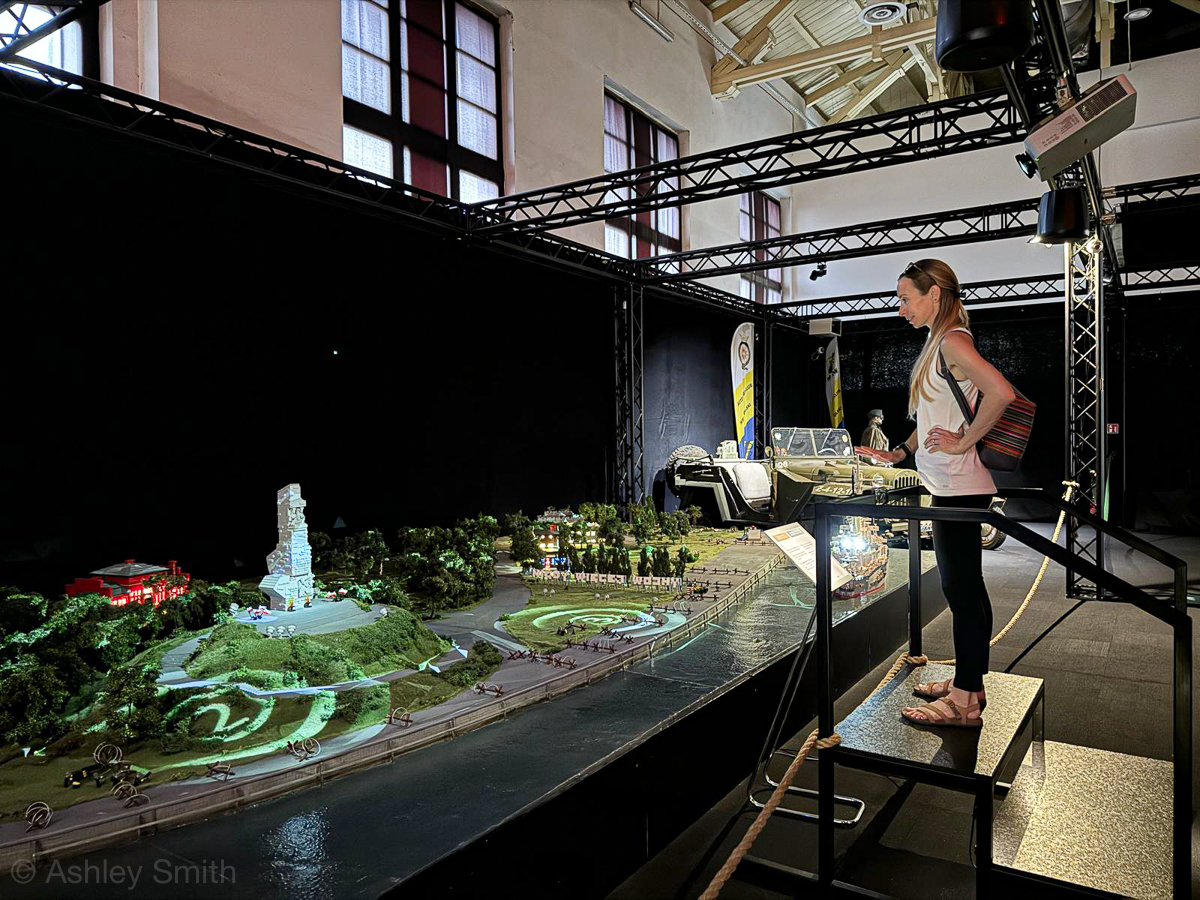

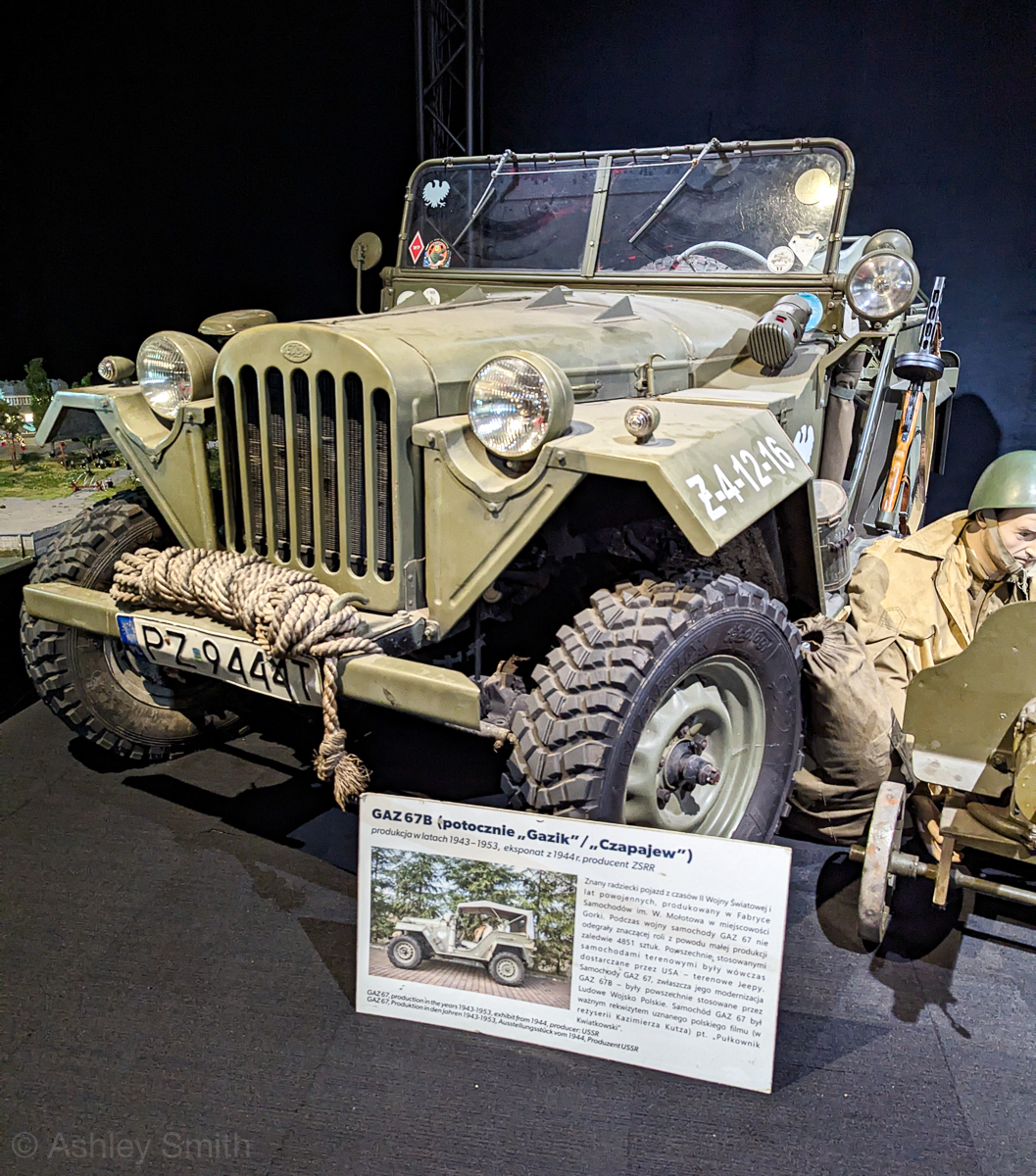

4. Fort VII – Posen Concentration Camp
Fort VII, previously known as Fort Colomb, was built in the late 1800s by the Prussians for defending Poznań. During World War II, Nazi Germany took control of the fort and established occupied Poland’s first concentration camp. (Hencefort known as Konzentrationslager Posen.)
Its first prisoners weren’t Jews, but patriotic Poles from the Wielkopolska region, mainly from the area’s intelligentsia (teachers, journalists, scholars, etc.). Most prisoners were executed within the first week of their imprisonment. Total casualties are believed to be around 4,500.
Today, the fort remains as an important remembrance site and the location of the Museum of Greater Poland Martyrdom. It contains several permanent exhibitions dedicated to topics such as women prisoners, underground organizations and Polish resistance, and the experiences inside KL-Posen.
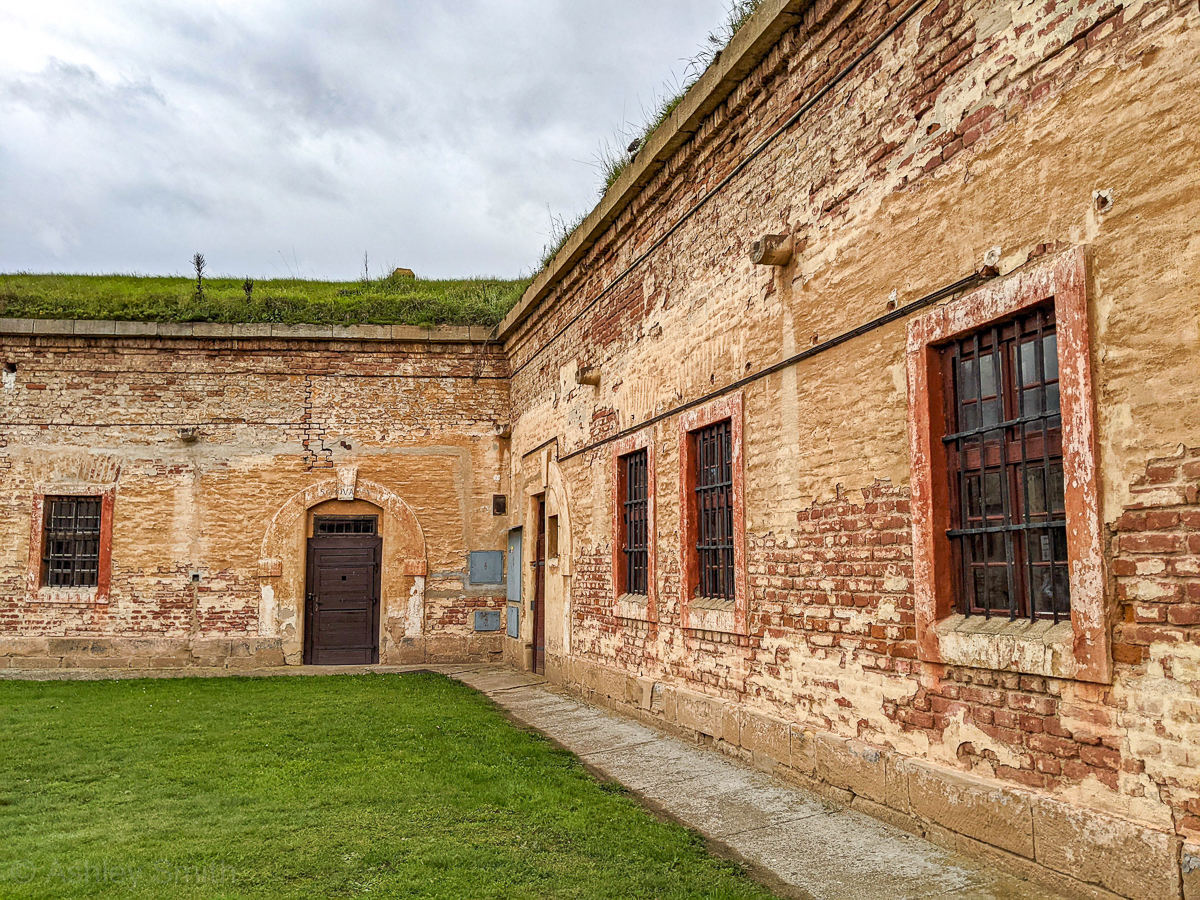
5. Imperial Castle
Poznań’s Imperial Castle is located right across the street from the Enigma Cipher Center. (You can’t miss it.) This palace was built in 1910 and originally served as a residence for German Emperor Wilhelm II.
After the Nazis invaded Poland and subsequently occupied Poznań, the Nazis did as they did everywhere else–they seized the palace to transform it into a residence for Adolf Hitler. (Who, of course, never visited even once.)
Nazi Architect Albert Speer redesigned a large portion of the “castle” to fit Hitler’s preferences and the general Third Reich motif. The chapel became Hitler’s cabinet (complete with signature balcony) and they built a bunker beneath the palace that could hold nearly 400 people.
The castle suffered some damage from bombings during the war, but some of the above changes survived. Today, you can visit Poznań’s Imperial Castle and tour a great deal of it, including the rebuilt Nazi parts.

WWII Memorials in Poznań
Here are some interesting WWII monuments and memorials in Poznań you should check out.
6. Monument to the Polish Underground State
This large monument honors those who fought against the Nazis during World War II as part of the Polish Underground State – the military arm of the Polish resistance. The design is meant to convey a destroyed home. The slabs on the ground represent the walls that are no longer standing and there’s even a window you can look into.
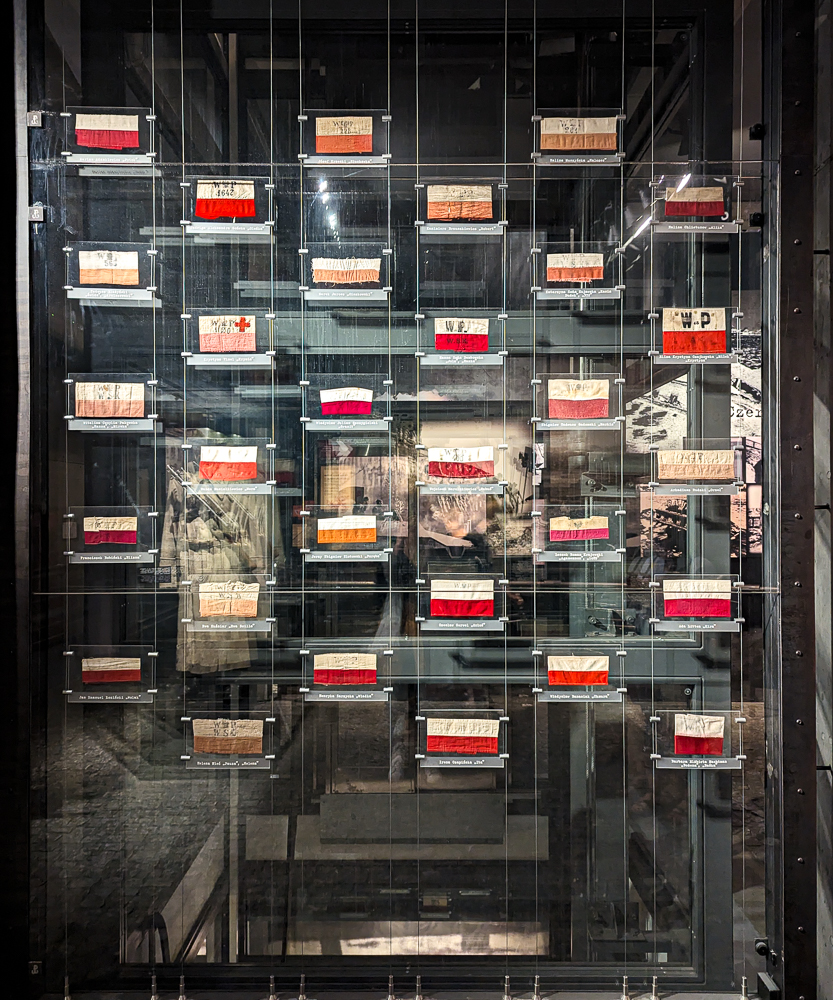
7. Heroes’ Monument
Over in Citadel Park (near the Museum of Armaments) you’ll find the giant Heroes Monument, also sometimes called the Liberation Monument. This monument consists of a 75-foot-tall obelisk which overlooks the cemetery. It’s dedicated to those Soviet soldiers who fought and died during the Battle of Poznań in early 1945.
Other WWII Sites in Poznań
Here are a few more notable WWII sites in Poznań that don’t fit into the above categories:
8. National Museum in Poznań
As mentioned earlier, you can still see impact holes from bullets and other war damage on the sides of Poznań’s National Museum. (Included on the map.) This museum, according to its website, is “one of the oldest, largest, and most important museums in Poland.” Its focus is Polish paintings from the 16th century onward.
9. WWII cemeteries
Also in Citadel Park you can visit cemeteries that contain graves of those killed in and around Poznań during World War II:
Cemetery of the Polish Heroes – Contains 120 graves of those killed during the fighting at the Citadel (Battle of Poznań), February 1945. [More info here.]
Old Garrison Commonwealth Cemetery – 450 graves from both WW1 and WW2, including 48 of the 76 “Great Escapers,” 50 of whom the Germans executed. See this video for more on these men in particular. [More info here.]
Soviet Cemetery – Final resting place of 3,678 Soviet Red Army soldiers and officers from World War II. [More info here.]
A little bit east of Citadel Park is where you’ll find the German War Cemetery. This World War II cemetery contains the graves of 5,000 German soldiers killed here during the Battle of Poznań in 1945. Between 1945-1948, almost 4,000 more from WW2 were reburied here from other locations in and around Poznań. [More info here.]
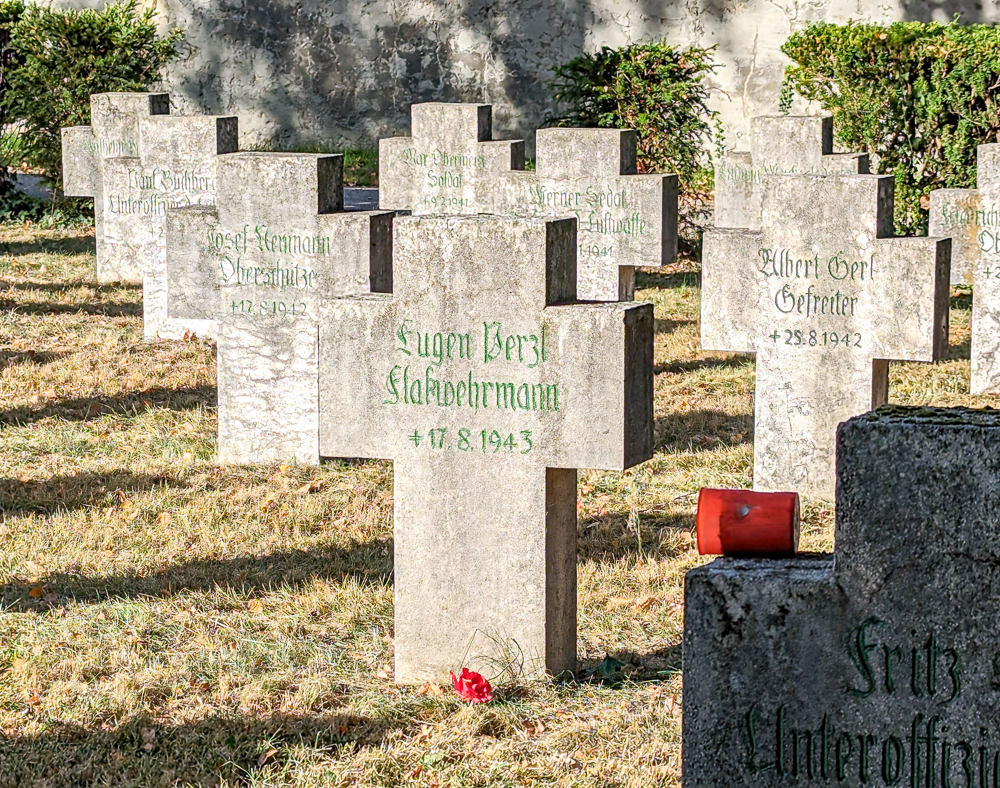
Where to stay in Poznań
Here are a few great hotels to check out for exploring the many WWII sites in Poznań:
- City Solei Boutique Hotel – This is where I stayed and it was perfect. Great location, friendly staff, great breakfast, and lots of fun quirks and amenities throughout. Check it out here.
- Park Inn by Radisson Poznań – Another great option in the city center; excellent reviews, hip modern property, private parking. Check it out here.
- PURO Hotel Poznań Stare Miasto – Sophisticated property with rave reviews, right next to the Old Market Square, and tons of charm. Check it out here.
There are plenty more Poznań hotels to choose from though; see all Poznań hotel options here.
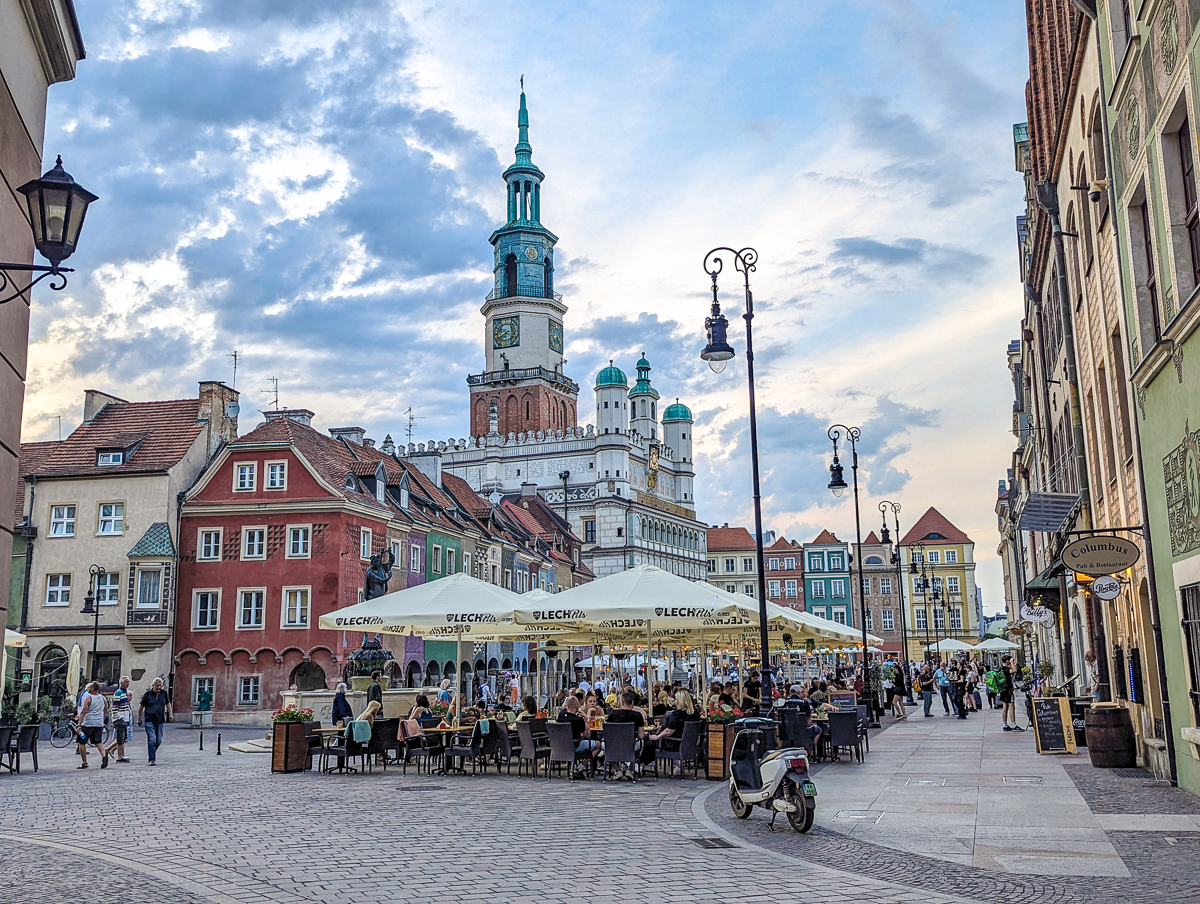
Suggested books and movies
If you’d like to read more about these topics or watch some related movies, check out the following:
For more great books to read and movies to watch before visiting Poland, see my full list in that link.
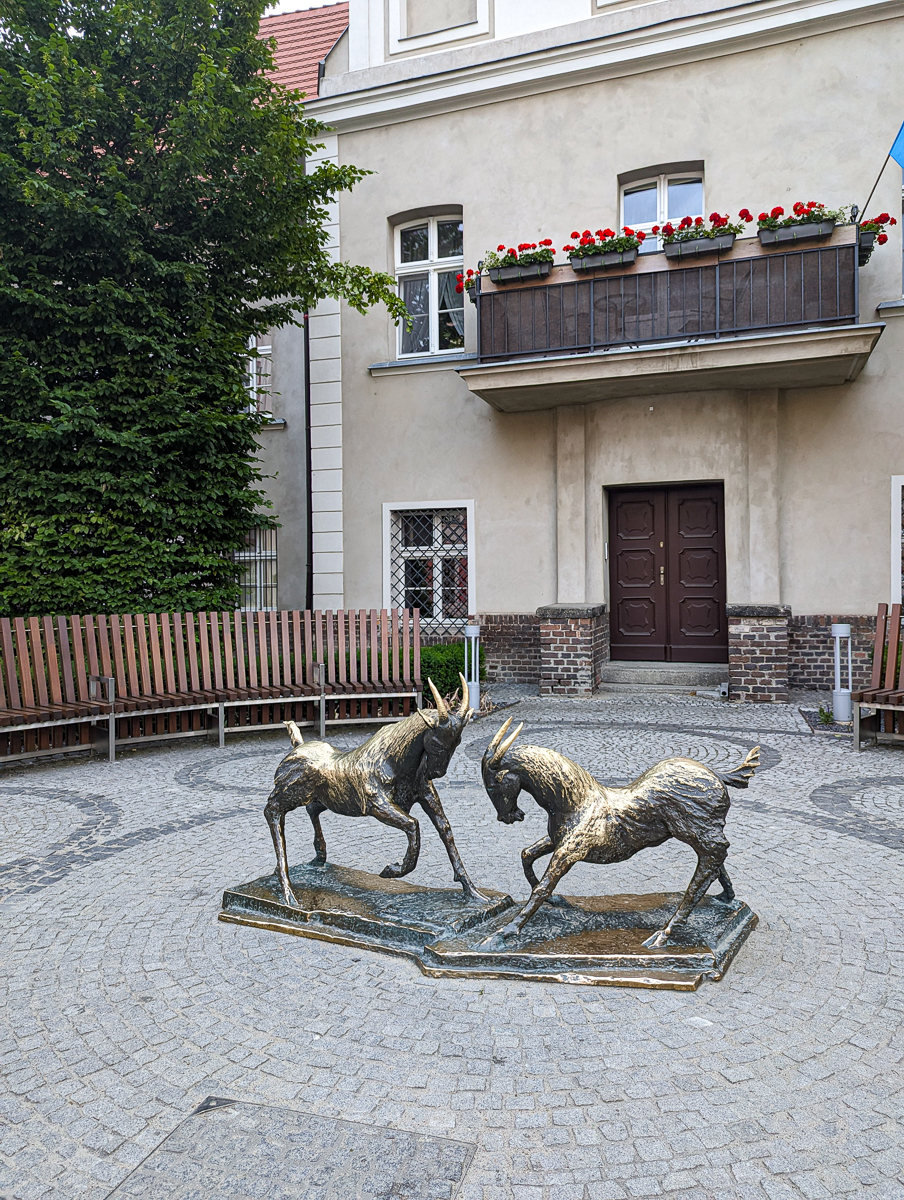
More info for your visit to Poznań
- Hotels: Find great places to stay on Booking.com (my go-to). Expedia and Hotels.com are worth checking too. VRBO is best for apartment rentals.
- Rental cars: Check out the best local rental car deals here.
- For more local tours, check out all the options from Viator and Get Your Guide.
- Travel planning: Pick up a Poland guidebook and this must-have Poland customs and culture guide.
- Want more? See all my Poland posts here.
Like this post? Have questions about visiting any of the WWII sites in Poznań? Let me know in the comments below. Thanks for reading.

Save this info, pin this image:
